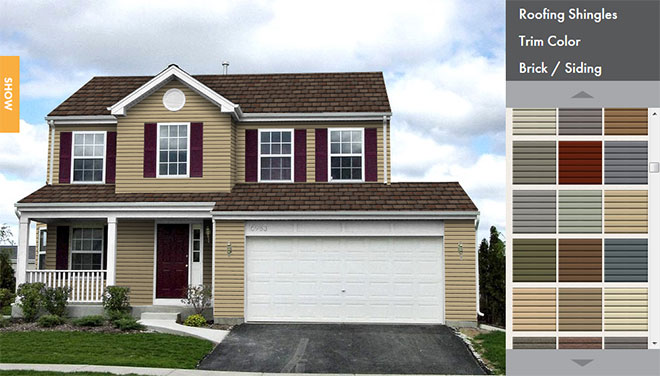Fire Resistance Ratings
In fact, the materials that you use for your roof must be fire resistant and have a rating to let you know how much safety and protection the roof will provide.
Regardless of the type of roof you choose to have installed, it is important to understand fire resistance ratings and choose your roof according to the desired rating you prefer.
Fire Ratings for Roofing Material
The independent, for-profit company Underwriters Laboratories Inc (UL) has developed a series of laboratory tests to measure how well roofing materials (such as shingles) resist fires. These tests are widely accepted by the roofing industry, and the results are widely quoted in industry promotional materials.
UL 790, the most widely quoted standard, tests roofing materials’ resistance to fires from external sources — fires that originate outside of the house (such as from a lightning strike). It should be noted that the fire rating is not earned solely by the physical properties of the roofing material, but also by installing the material in the manner recommended by the manufacturer. The UL assigns roof coverings a rating that ranges from Class A (the highest level of protection) to Class C (the lowest level of protection).
There are three fire resistance ratings — Class A, Class B, and Class C. Class A offers the highest protection from fire while Class C offers the least amount of protection.
A roofing material that receives a Class A, B or C rating should maintain its position on the roof following a fire, and is not expected to generate flying, burning, shards of shingle. Class A roof coverings afford a “high degree” of fire protection, Class B coverings afford a “moderate degree” of fire protection and Class C coverings afford a “light degree” of fire protection. The UL makes no guarantee that even Class A roof coverings will be usable after a fire.
A metal roof is among the safest of all roofs because of its durability and non-combustibility. Because metal isn’t combustible, metal roofing is fire-rated as Class A. In fact, when wildfires rage through housing developments, often the metal-roofed homes are the only ones left standing. If you’re considering installing a metal roof in a new construction or retrofitting an existing building with a metal roof, understanding the fire ratings can help you make an informed decision about the roof.
When It Comes To Your Roof, Fire Safety Is A Must
- It’s important to realize that with the fire resistance ratings, the materials are tested on the basis that they can withstand fire that comes from an outside origin.
- You should also realize that there are many outside sources that can pass your roof and possibly cause a fire if your roof is not protected. Because the potential for hazard is so great, there are many regulations placed upon these materials to ensure that they will withstand during a fire.
- Materials that have earned a Class A fire resistance rating signifies that the roof will withstand serious exposure to fire without breaking, cracking, or warping. Class B materials are said to have a moderate ability to withstand exposure to fire while Class C materials have a light ability to withstand exposure to fire.
- It is important to choose your roofing materials according to the amount of fire resistance that you need. When considering installing a new roof, be sure to discuss this with an experienced Minnesota roofing contractor.
- In addition to fire resistance ratings, roofing materials also carry a wind resistance rating as well. To qualify for a wind resistant rating, the roofing materials must endure several tests and prove that they can withstand wind conditions for up to two hours without moving or responding to the wind.
Understanding Fire Ratings
So, if there’s no guarantee that even a Class A shingle will survive a fire, why should you bother with the fire rating when choosing a roofing material? There is a practical reason and a philosophical reason: On the practical side, many building codes require Class A roofing materials. On the philosophical side, although you cannot guarantee the safety of someone inside a burning building, he or she has a much better chance of escaping unharmed if the building has a more fire-resistant roof.
Roof assemblies play important roles in buildings’ overall abilities to resist fire. For this reason, it is important to become familiar with buildings’ exterior and interior fire rating requirements. View PDF Document
Typical Roof Slopes and Expected Fire Ratings of Roofing Systems


 Click Here
Click Here Click Here To Use
Click Here To Use